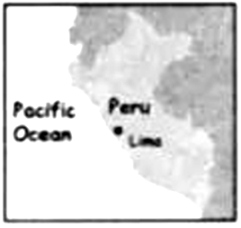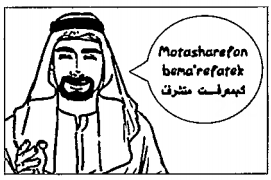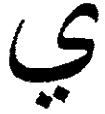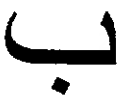Lima, the capital of Peru, is located in the central coastal part of the country, overlooking the Pacific Ocean. With a population of more than 9 million, Lima is one of the largest cities and the only capital in South America that faces the ocean.
Lima has a long history. The lost Inca civilization, is thought to be a mystery. There are many museums, where you can learn: how the ancient American Indians founded the Inca Empire and built Machu Picchu, a famous ancient city in the Andes Mountains; what happened in 1532 and why over 90% of Peruvians speak Spanish. Visiting the historic center, a World Heritage Site, you may find you are communicating with both the past and the present.
Lima is also a place where you can find the lifestyles and fashions, created by its people and culture. You will see Peruvian clothes, dances, and taste their delicious foods and drinks. You can see buildings in different styles, enjoy the fantastic sunset over the ancient ruins, climb the mountains, fly over the ocean, or sit in the restaurants and bars to experience Peruvians' relaxing life.
You may have heard "It never rains in Lima. " In fact, the special geographic feature makes it not as dry as it is said to be and it is warm all year round. Though it seldom rains in summer, it sometimes drizzles on early winter mornings. The drizzle and the wet air "water" the ground, which makes the crops and the plants grow. Moreover, modern technology helps to bring water from the snow and ice on the top of the Andes (over 6,000m high) for the city to use. People there never waste water.
Lima is such an amazing city that it is worth a visit.
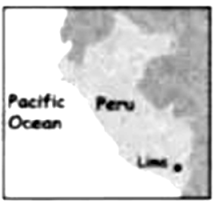 B.
B.
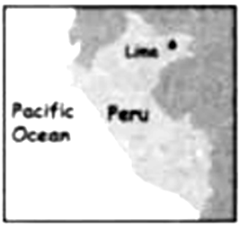 C.
C.
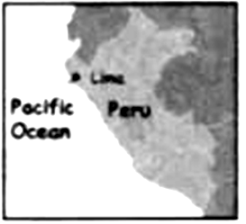 D.
D.
